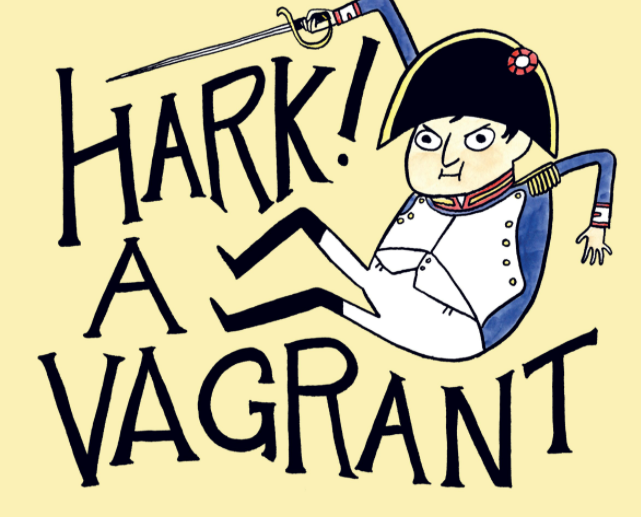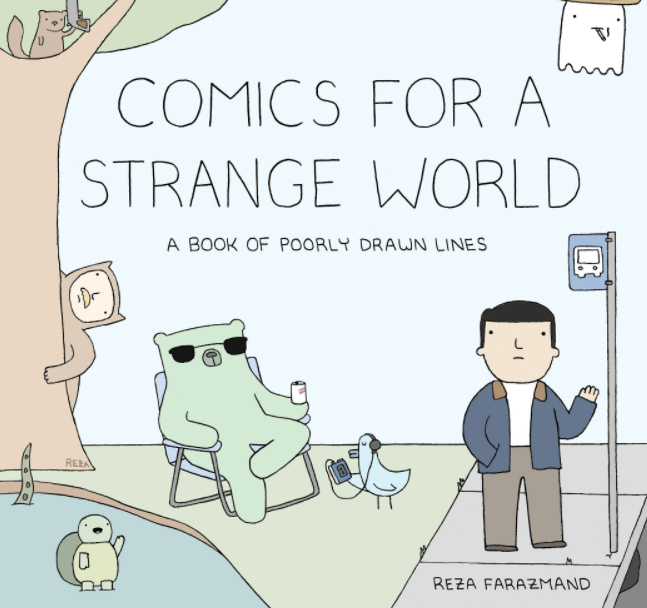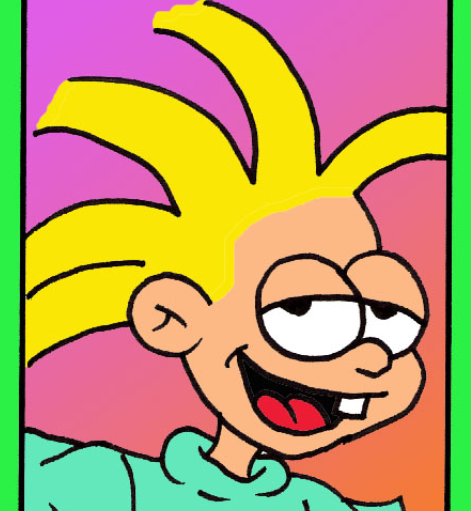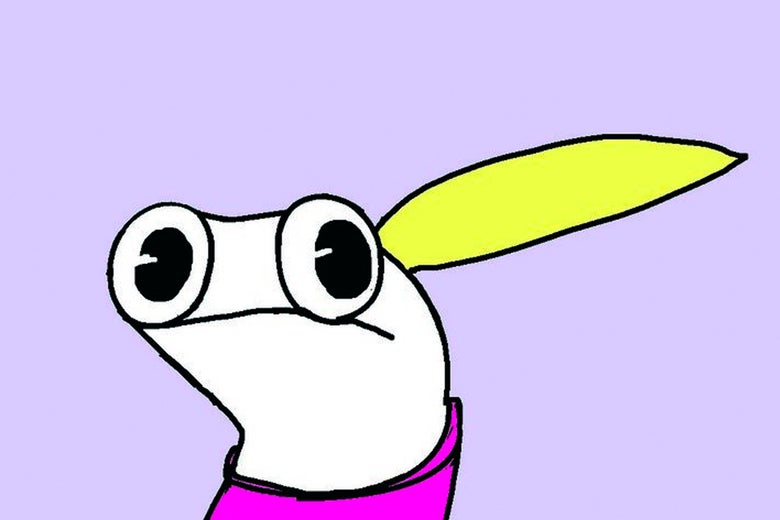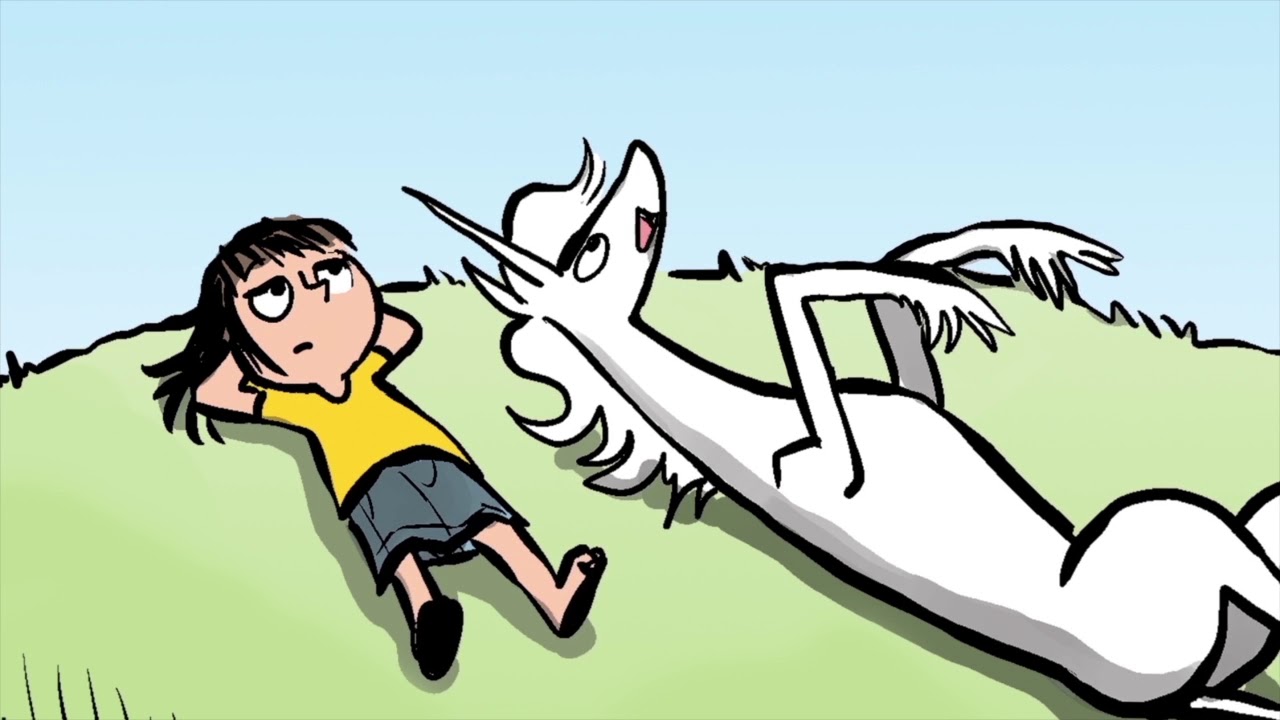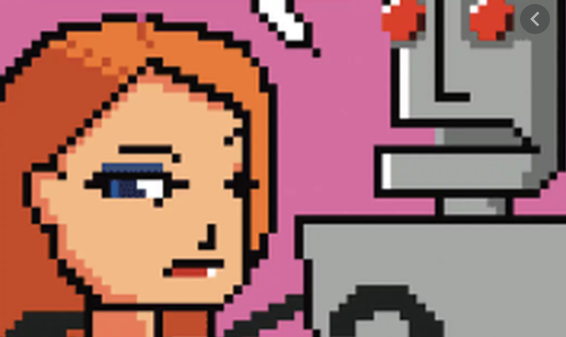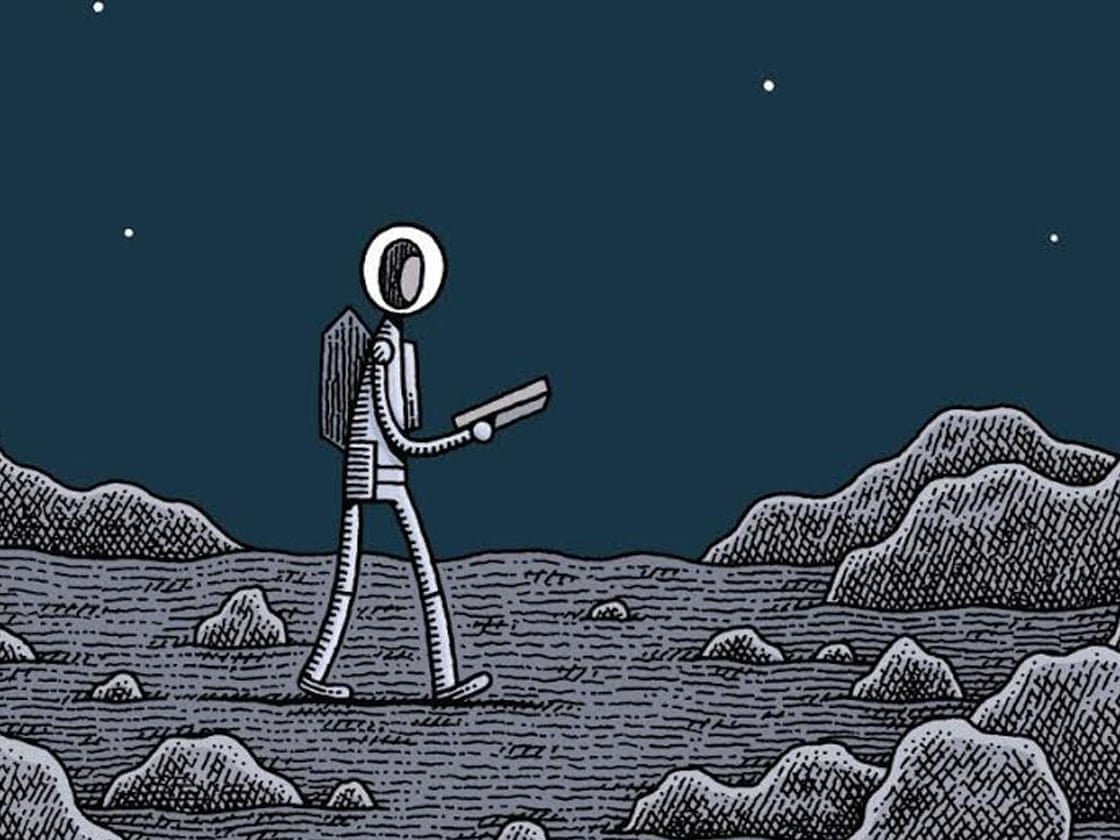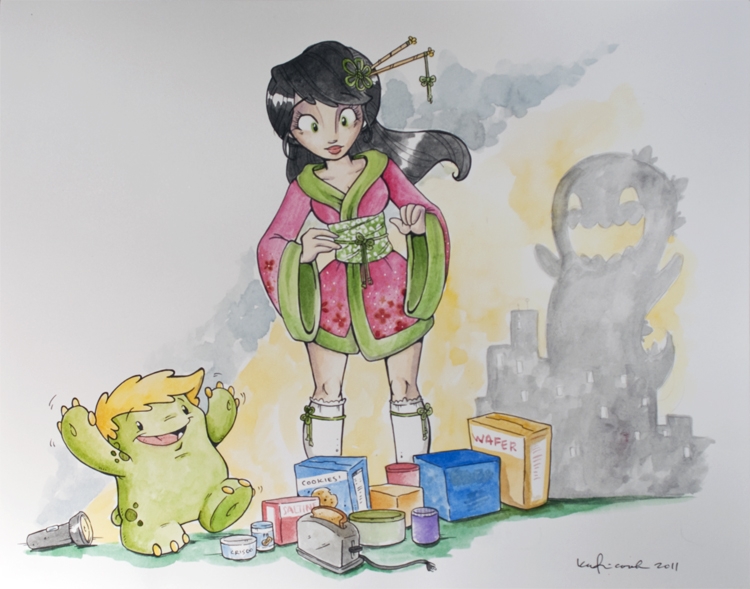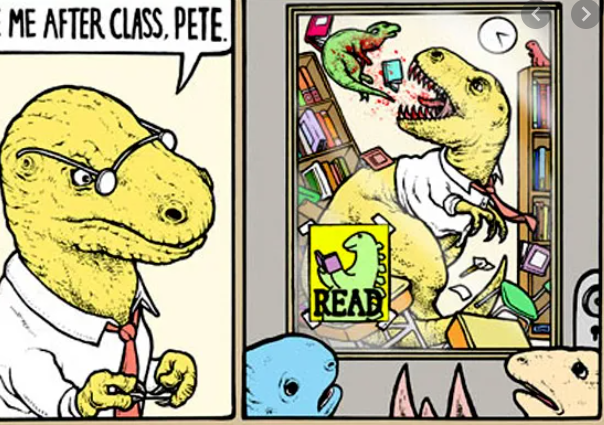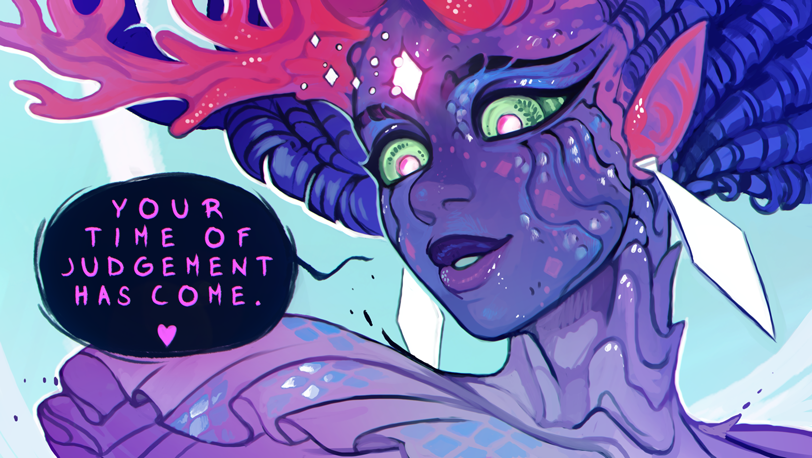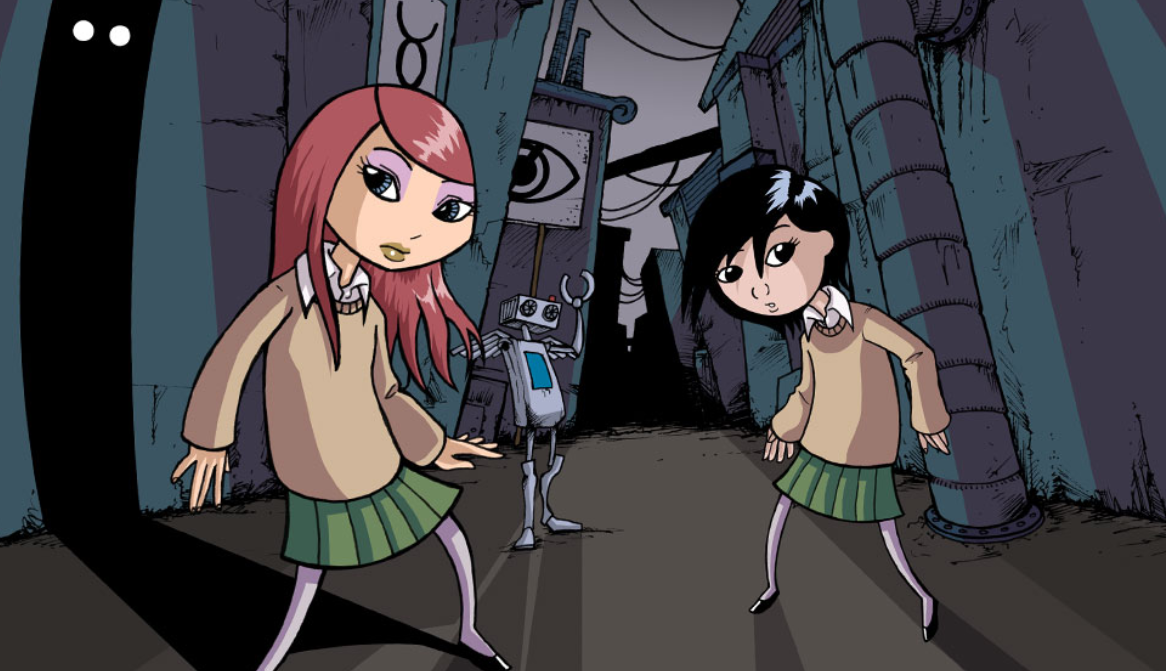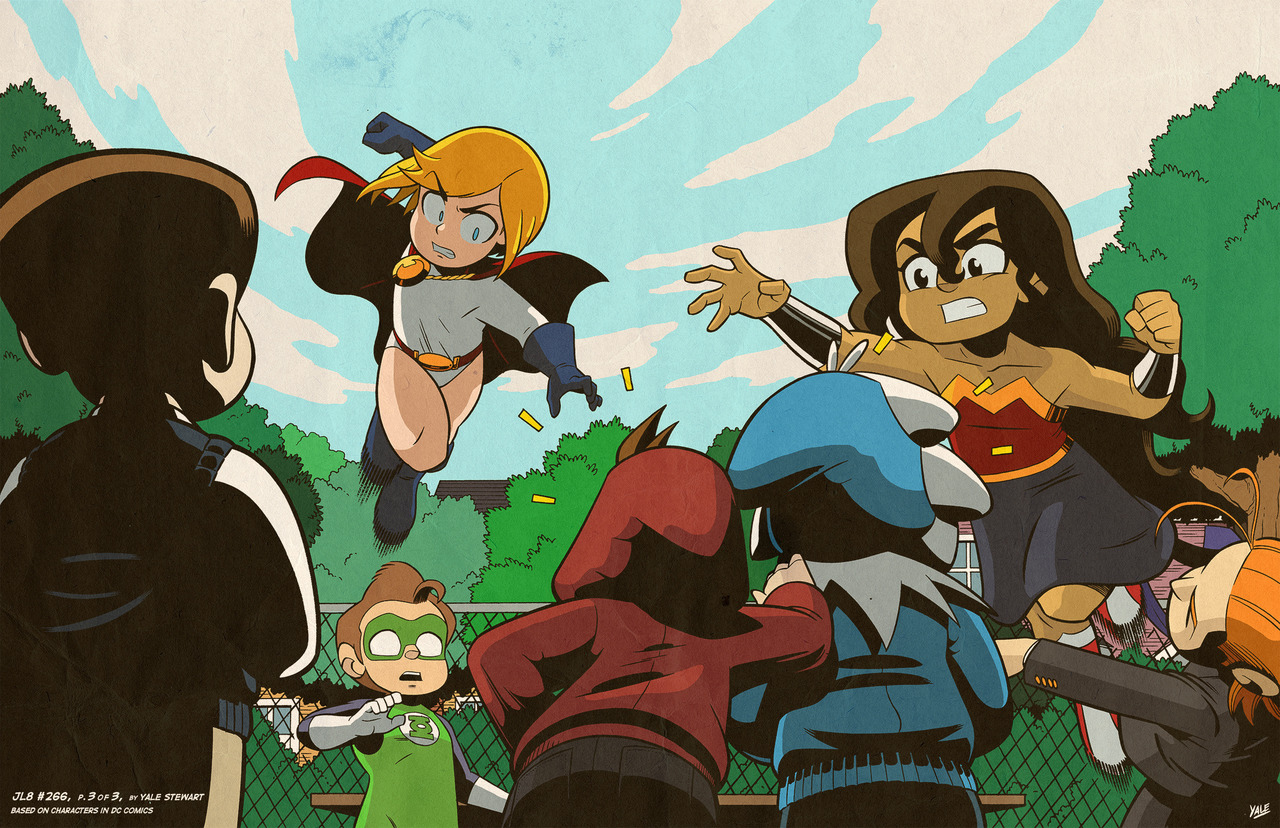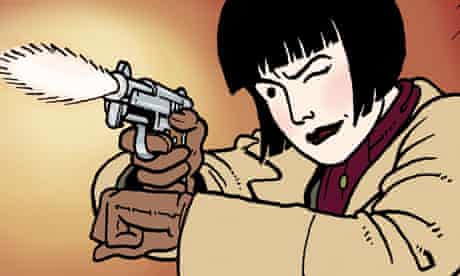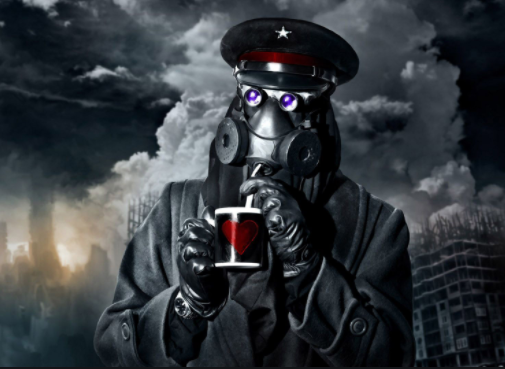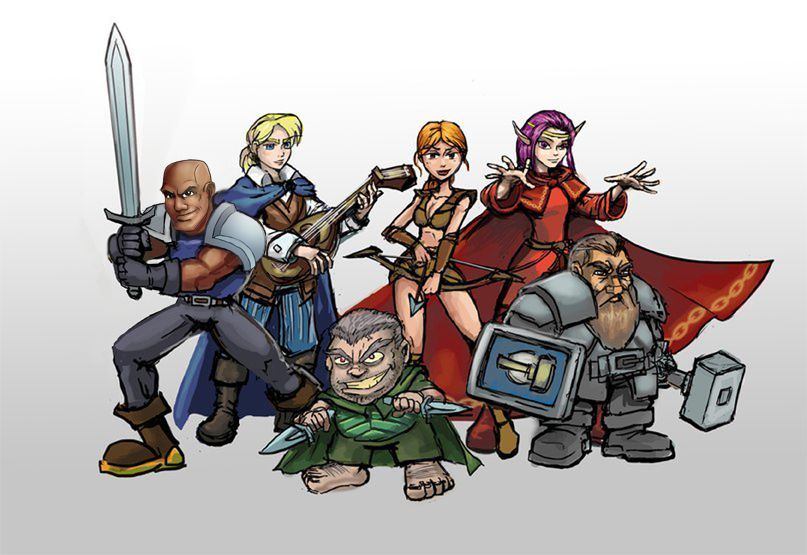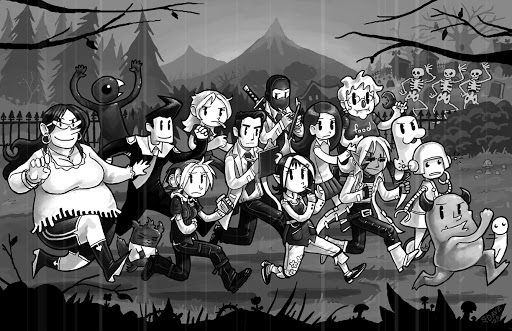Webcomics has many varieties that start from conventional comic strips and images, and they also cover many genres, styles, and subjects. They once in a while take on the role of a comic blog. The term webcartoonist is sometimes used to refer to a person who creates webcomics. The innovative freedom webcomics offer permits artists to paintings in nontraditional styles. Clip art or photo comics are kinds of webcomics that don’t use conventional artwork. They are super-entertaining, and the creativeness and creativity at paintings are regularly inspirational—easy accessibility to your cell device. Webcomic artists use many formats for the duration of the world. Comic strips, typically include three or four panels, were a common layout for lots of artists. Other webcomic artists use the layout of conventional printed comic books and picture novels, once in a while with the plan of later publishing books. They are independently published aren’t issued to the content material regulations of book publishers or newspaper syndicates, taking part in creative freedom comparable to underground and opportunity comics. Some webcomics stretch the limits of taste, taking benefit of the truth that internet censorship is truly nonexistent in nations just like the United States. Here’s a list of few best webcomics that you must read:
1. Hark! A Vagrant by Kate Beaton:
Hark! A Vagrant is a webcomic written by artist Kate Beaton. It is best regarded for its funny treatment of historical figures and events. Beaton began drawing history-themed comics for her scholar newspaper, even as reading History and Anthropology at Mount Allison University. Hark! A Vagrant is mostly black and white with pens, watercolors, and a Wacom pill in later comics. Beaton’s distinctive drawing fashion is unfastened and mild and has been compared to Quentin Blake’s illustrations. Most strips are short, approximately three to eight panels long. Beaton regularly eschews punctuation in her dialogue, and the tone of the comic has been defined as “conversational.”
2. Poorly Drawn Lines by Reza Farazmand:
Poorly Drawn Lines is a webcomic that cartoonist Reza Farazmand creates. It often features standalone comic strips that vary from simply one body to many, mostly satirical or absurdist in tone. The topic of every strip varies, with routine issues inclusive of area travel, supernatural occurrences, science fiction, friendship, and existentialism. Most strips are conclusive and capable of examining with no previous expertise of the storyline; however, the comic also includes a few ongoing tale arcs and routine characters, including Ernesto, an inexperienced undergo who lives in the outer area.
3. Addanac City by George Ford:
Addanac City is ordinarily about the random exploits and conditions of 7-year-antique Hank Addanac and his bunch of friends. There isn’t any connected plot or lots of character depth, being gag-a-day and all. On the one hand, it is not wrong. Most of the strips I discovered humorous were simply one-offs. On the alternative hand, it makes writing an uphill war for the author. Pulling up a completely new scenario 7 instances per week can drain the juice out of anyone’s comedy very quickly.
4. Girl Genius by Phil and Kaja Foglio:
Girl Genius is a comic book series turned webcomic that Phil and Kaja Foglio draw. This is the tale of Agatha Clay and a pupil along with an apprentice at Transylvania Polygnostic University whose experiments never worked till she encounters an electromagnetic pulse. This leads her to break free of and try and suppress her powers as a Spark and cover that she is the long-misplaced daughter of well-known hero Bill Heterodyne villainess-turned-desirable Lucrezia Monkfish. Agatha Heterodyne (whose surname is based on an actual clinical concept) learns to combine clinical genius, a streak of real heroism. An obsessive possessiveness for what she considers her personal to declare her monstrous background and birthright, even as the eyes of all Europa watch her cautiously in case she seems to be one of the monsters herself.
5.Stick Figure Hamlet by Dan Carroll:
The play starts with him being sad because of his father’s death, and his mother married his father’s brother named Claudius. He later came to know by his father’s ghost that Claudius murdered his father. Hamlet vows to kill Claudius. He pretends to be mad so that no one can suspect that he is planning to kill his uncle. Instead of killing him, he suffered an existential crisis. He plans to use a play to confirms if his stepfather killed his birth father. Hamlet tries to kill Claudius, but instead, he killed his girlfriend’s father. Ophelia goes mad and drowns. Her brother sides with Claudius to poison Hamlet. Their plan backfires, and in the end, her brother and hamlet’s mother died due to poison, and Hamlet was able to kill Claudius after that. After killing him, Hamlet dies.
6. Hyperbole and a Half by Allie Brosh:
Hyperbole and a Half is a webcomic that Allie Brosh writes. The illustrations are drawn in Paintbrush and use an exaggeratedly easy drawing fashion as a creative device. Hyperbole and a Half attracts proposal from “rage comics,” with shared diction and easy, nearly rudimentary art. Several events are about childhood stories, including attending a children’s birthday party while closely sedated or turning into a monster after getting a dinosaur costume. Others are events or thoughts as an adult, such as trying to move residence regardless of her dogs’ behavioral problems, hypothesis about her individual flaws, a grammatical puppy peeve, or her depression.
7. Phoebe and her Unicorn by Dana Simpson:
Phoebe and Her Unicorn is a children’s comic written by a cartoonist named Dana Simpson. The story begins when Phoebe skips a rock throughout a pond and, by accident, hits a unicorn. Freed from her personal reflection, the unicorn—named Marigold Heavenly —offers Phoebe one wish, which she decides to apply by making the unicorn her high-quality friend. Marigold, like several unicorns in the series, is skilled in magic. Through various “spellcraft,” she can carry out such feats as divert or redirect rain and send text messages and broadcast a Wi-Fi hotspot via her horn. However, her frequently-used spell is “The Shield of Boringness,” which causes humans to view her as nothing out of the regular and permit her to interact with them. Phoebe offers with childhood demanding situations, each mundane and magical, with Marigold, her friend Max or even her arch frenemy Dakota in a quick-witted romp via a little girl’s world.
8. Diesel Sweeties by Richard Stevens:
Diesel Sweeties is a webcomic that Richard Stevens writes. The comic depicts a world wherein robots exist along with humans, with human-robot romantic and sexual relationships commonplace. Although there are a few character development and the occasional tale arc, maximum strips are in large part self-contained. Recurring themes include annual Halloween strips, offering characters from the comic in costume.
9. Mooncop by Tom Gauld:
The easy premise of Tom Gauld’s Mooncop hides a subtle exploration of what it means to live a normal life without judgment and with the situation over what occurs while technology overtakes it. The title character is a police officer on the moon while everybody else is leaving. He documents meaningless reviews and interacts with the machines that have changed humans at the donut shop and the minimum. Everyone was given bubble helmets, just like the vintage visions of the future, even the canine the vintage girl neighbor walks. Gauld’s pacing is deliberate, and his fondness for crosshatching offers a vaguely dingy appearance that fits as things wind down and are taken away. The story of the comic is visually grey amid the deep midnight blue of space. The most effective high-tech smooth silver comes in the letters on the cover. The homes are bizarre blocks on stilts; even sometimes, the corners are chopped off randomly.
10. Gronk by Katie Cook:
Gronk: A Monster’s Story is a webcomic drawn by Katie Cook. The titular Gronk is a monster; she is of indeterminate age. However, she is probably somewhere in the place of “quite young.” Among all the monsters, she is the most horribly cute. And she is unhealthily keen on cats for a monster. After her cherished plush kitty is torn in combat with some other monster, she decides to go away from the monster woods forever. Soon afterward, she meets Dale, an affable shut-in who agrees to restore her kitty plushie. Bond and Dale agree to educate Gronk approximately the human world.
11. Dresden Codak by Aaron Diaz:
Dresden Codak is a webcomic that Arryn Diaz writes. He described it as a celebration of technology and demise. The comic offers testimonies that address philosophy, technology, technology, and/or psychology. Dresden Codak is the second-longest-running tale arc, HOB, that generally targeted the outcomes of a technological singularity and the results of time travel. Accordingly, a great deal of Dresden Codak falls into the cyberpunk and technology fiction genres.
12. The Oatmeal by Matthew Inman:
The Oatmeal is a webcomic created by cartoonist Matthew Inman. The format of The Oatmeal is “storytelling-meets-infographics” and “a regularly crudely-drawn comic.” The comics cover various topics; an article also describes the comics being chained to a bunk bed with a velociraptor and evil scheming kittens, humans being sodomized by Bigfoot, and infants that flavor like nachos. Other topics like zombies, English grammar, dolphin brutality, and sexual congress among koalas and goats are also included in this comic.
13. Perry Bible Fellowship by Nicholas Gurewitch:
The Perry Bible Fellowship is a webcomic written by Nicholas Gurewitch. The comics are normally three or four panels long and are normally characterized by the juxtaposition of whimsical childlike imagery or fable with morbid, unexpected, surreal humor. Common topics consist of religion, sex, war, technology, suicide, violence, and death.
14. Ava’s Demon by Michelle Czajkowski:
Ava’s Demon is a webcomic that Michelle Czajkowski draws. It is set in a universe of the interplanetary tour and superior scientific science, wherein a few humans have received god-like powers thru science. The comic follows Ava Ire, a teen with a personal demon that has tormented her since her birth. The demon, Wrathia, can, in brief, own her and make her scream violent insanities and has advised her to commit suicide. After Ava comes near death, Wraith famous what she absolutely is – the ghost of an alien queen– and gives Ava a percent. The p.c. Calls for Ava to bind extra closely to Wrathia and assist Wrathia in defeating a being with several followers. Wraith seeks revenge on Titan; a god-like determine who destroyed Wrathia’s empire. Ava also learns that different humans have demons as well.
15. Gunnerkrigg Court by Tom Siddell:
Gunnerkrigg Court is set in a boarding college in a rustic that resembles the United Kingdom, identifiable from the gray skies and mandatory uniforms. The comic consists of different clues approximately the setting, inclusive of the residence system. This is described at the end of the primary chapter. This machine is utilized by many UK schools, which include the writer attended; Siddell even said that the college in which Gunnerkrigg Court takes area is modeled after his very own secondary college. Gunnerkrigg Court, the fictional area around which the tale revolves, is a mysterious and vast establishment that many characters suspect hides a whole lot greater than only a college. The college seems to recruit many proficient or extraordinary college students actively. As the tale progresses, it’s far quickly revealed that the college is inhabited through an extensive form of both supernatural creatures – many of which emerge as characters involved in the tale’s plot – and ultra-modern generation. The court is constructed on the brink of an extensive chasm, on the other side of which lies the Gillitie Wood, which is inhabited through “etheric” or magical creatures. When the main tale takes place, the two sides exist in the form of truce, with the Court as the realm of science and generation and the Wood as the realm of nature. The denizens of the Gillitie Wood do not permit technology, and the Court’s guidelines forbid college students from leaving college.
16. JL8 by Yale Stewart:
JL8 is a webcomic that Yale Stewart draws. The webcomic JL8 features the numerous fundamental DC Comics’ Justice League’s numerous fundamental characters, reimagined as 8-year-vintage children. The artwork fashion has been compared to that of an Eighties Saturday-morning caricature and the designs of Art Adams’ X-Babies. The characters do not act similar to their opposite numbers from The New 52. The webcomic has been characterized as “fanfiction.” However, the webcomic is akin to Tiny Titans, while Titans emulate the gag-centered layout of Archie and Harvey Comics. JL8 has a greater place with newspaper strips: every comic has a joke. However, it contributes to a tale arc. The tale arcs in JL8 revolve around Batman, Superman, Wonder Woman, The Flash, Power Girl, and The Green Lantern; they all are in essential school. The characters are offered as a set of friends, and the webcomic is “for all age groups.”
17. The Rainbow Orchid by Garen Ewig:
The Rainbow Orchid is a comic drawn by Garen Ewing. It follows an expedition to discover the mythical ‘Rainbow Orchid.’ The adventure started in England; it takes the characters to France, then Karachi in India, and later into the Indus Valley. It is drawn in ligne claire style. Julius Chancer, the young assistant to the ancient researcher Sir Alfred Catesby-Grey, becomes embroiled in a journey to find out the misplaced Rainbow Orchid, in large part due to the machinations of scheming Daily News reporter William Pickle. He is followed by a silent movie actress named Lily Lawrence, her American agent Nathaniel Crumpole, and Tayaut, a French stunt-pilot. The search for the orchid is opposed by the devious Evelyn Crow, a proper hand accomplice to scheming businessman Urkaz Grope. The journey leads them up the Indus Valley and into Chitral, in which they come across the Kalash people, earlier than heading similarly into the Hindu Kush. Eventually, they discover themselves inside a misplaced world, which can also additionally conceal the secret of a forgotten super-weapon.
18. Romantically Apocalyptic by Vitaly S. Alexius:
The comic is produced by Vitaly S. Alexius, who describes Romantically Apocalyptic as “a high-exact picture novel that mixes scrumptious servings of ceasing of the existence in a darkish post-apocalyptic dystopia, and twisted humor.” He produces the comic with the help of Chico and the interns/fashions Tina Hoffman and Megan. Alexius uses “Photoshop, stay actors, lifeless actors, horny assistants, green screen, a camera, and a Wacom tablet. Each comic web page is digitally painted and consists of picks from the three terabytes of inventory photos that Vitaly accrued over extra than 6 years in “actual abandoned, forgotten locations of our world.
19. The Order of the Stick by Rich Burlew:
The Order of the Stick is a webcomic that shows tabletop role-playing games and medieval fantasy. Rich Burlew draws the comic. He illustrated the comic in a stick figure style. Taking vicinity in a magical international that loosely operates through the regulations of the 3.5 edition of the role-gambling game Dungeons & Dragons (D&D), the comedian follows the once-in-a-while farcical exploits of six adventurers as they try to store the sector from an evil lich sorcerer. Much of the comedian’s humor stems from the characters’ attention to the sport regulations that affect their lives or from having anachronistic knowledge of current culture. This, in turn, is frequently utilized by the writer to parody numerous elements of role-gambling video games and fable fiction. While usually comedic in nature, The Order of the Stick functions as a persevering storyline serialized in one-to-four-web page episodes, with over 1200 such episodes launched so far.
20. Templar, Arizona by C. Spike Trotman:
Templar Arizona is a webcomic that Charlie Spike Trotman draws. Trotman tells Templar, Arizona, as a tale about a town and the individuals who stay there, particularly relating to the town of Templar as a character instead of a setting. The neologism “lifestyle fiction” changed into coined to explain it. The fictional town of Templar exists in a subtly different change universe. A barely irregular Arizona that fell off the back of a truck somewhere, and now all of the power stores are a weird form, and a couple of war never happened”. This town is most strongly marked through its fictional subcultures (a lot of which are veiled commentary on actual ones), in addition to its unusual structure and fashion. However, it lacks any myth or technology fiction elements, which shows that the comedian is in the direction of the change history genre. Also read: Top 20 Anime Openings of All Time
